Mustang – Nepal
The key distinction between Lower Mustang and Upper Mustang lies primarily in altitude and accessibility. Both regions, located in the Mustang district of Nepal, offer rich cultural experiences and stunning landscapes, but they differ significantly in culture, accessibility, and visitor requirements.

Accessibility and Permits
Lower Mustang is an open-access region that does not require any special permit. In contrast, Upper Mustang is classified as a restricted area, requiring a special permit to enter. This distinction creates a natural division, with fewer travelers venturing into Upper Mustang due to the exclusivity and additional costs associated with the permit.
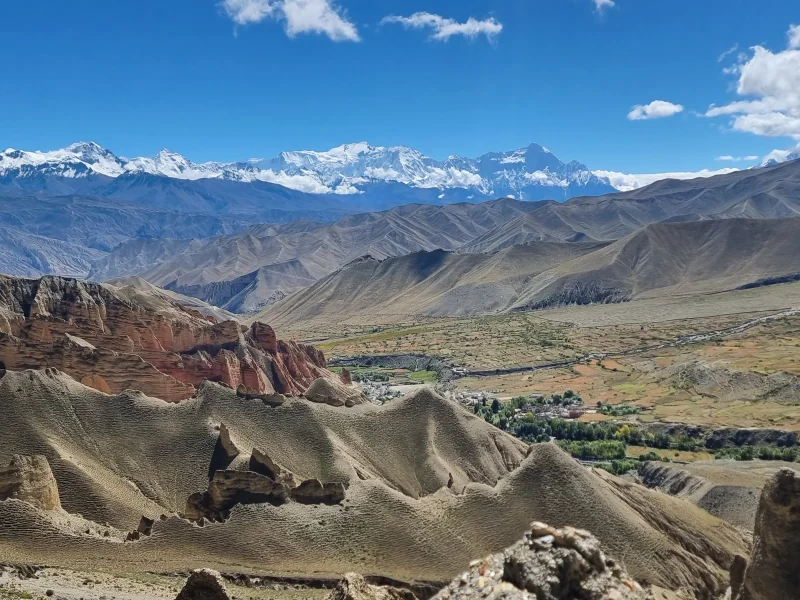
Cultural and Religious Influences
Upper Mustang retains a distinct Tibetan influence, deeply rooted in Buddhist traditions, including the Bonpo tradition, which gives it a unique cultural identity. Lower Mustang, however, presents a blend of both Nepali and Tibetan influences, with a more diverse population where both Hinduism and Buddhism thrive side by side.
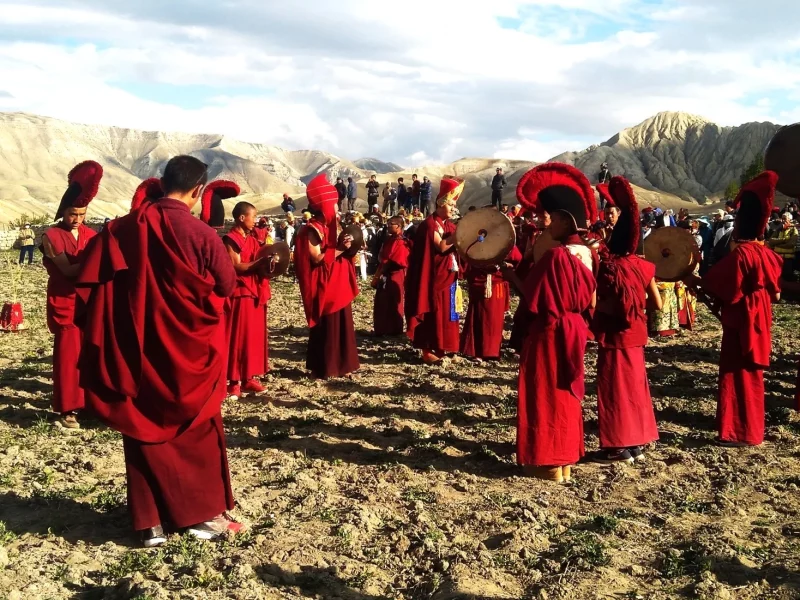
Transportation Options
Lower Mustang is more accessible, with travel options including bus, jeep, flight, helicopter, and trekking routes. This ease of access attracts a larger volume of both international and local tourists. Attractions like the revered Muktinath Temple—a significant pilgrimage site for both Hindu and Buddhist devotees—are located in Lower Mustang, making it a popular destination.
In contrast, Upper Mustang’s challenging landscape and permit requirement limit access primarily to trekking and specially arranged tours, which preserve the region’s secluded and pristine environment.
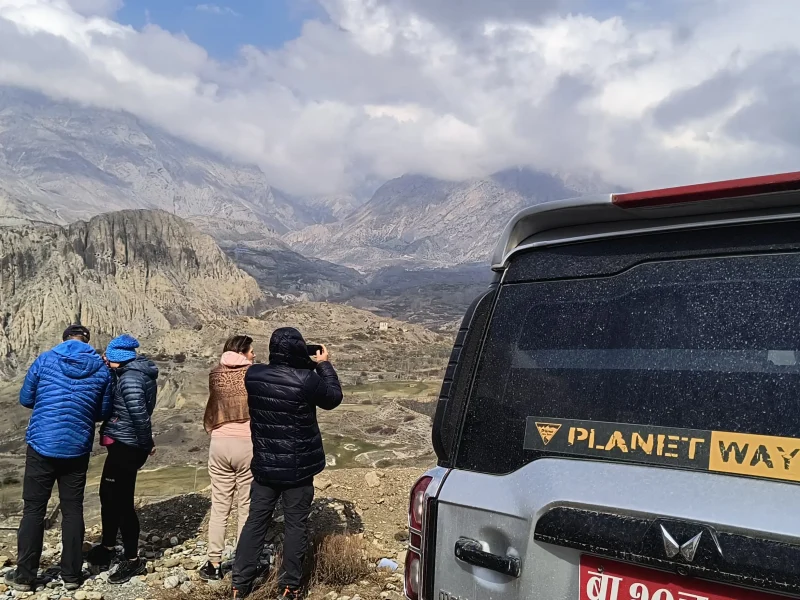
Highlights and Attractions
Upper Mustang is renowned for the ancient walled city of Lo Manthang, a cultural treasure trove with ancient monasteries, palaces, caves, and historic settlements. This region offers breathtaking natural views, enriching visitors with its rich history and traditional Tibetan culture. Lower Mustang, while equally captivating, is better known for its attractions like the Muktinath Temple and sections of the Annapurna Circuit, offering a more accessible experience to tourists.

Tourism and Visitor Volume
Due to the permit requirement and remote location, Upper Mustang sees fewer visitors compared to the bustling Lower Mustang, which draws travelers from around the world in greater numbers. The exclusivity of Upper Mustang lends it a quieter, more secluded atmosphere, while Lower Mustang offers a lively and diverse cultural experience.
In summary, Upper Mustang offers a rare and unique experience with its preserved Tibetan culture and landscapes, while Lower Mustang provides accessible tourism and a mix of Nepali and Tibetan influences, attracting a larger, more varied crowd.
To Book Custom Tours to Upper Mustang please leave us an enquiry –
https://planetwayround.com/contact-us/






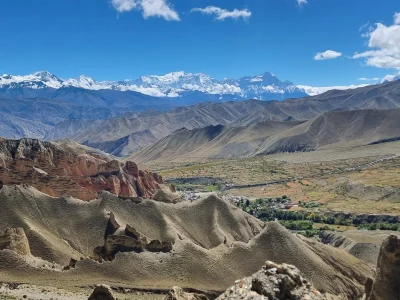

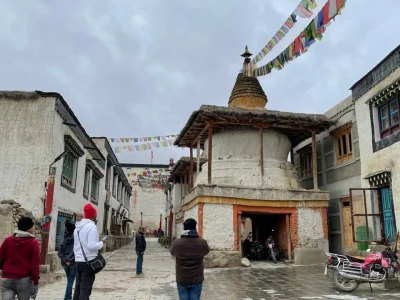
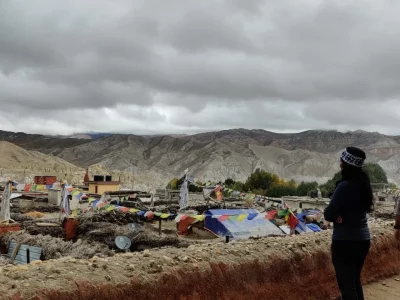
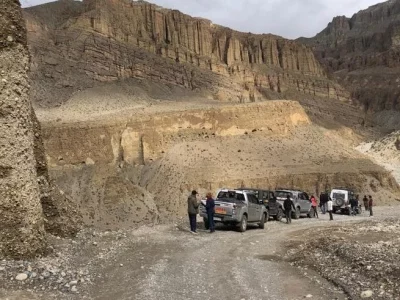




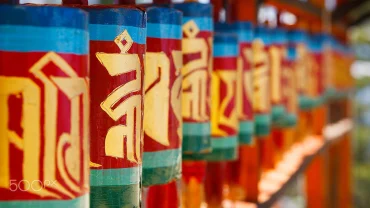
Comment (0)